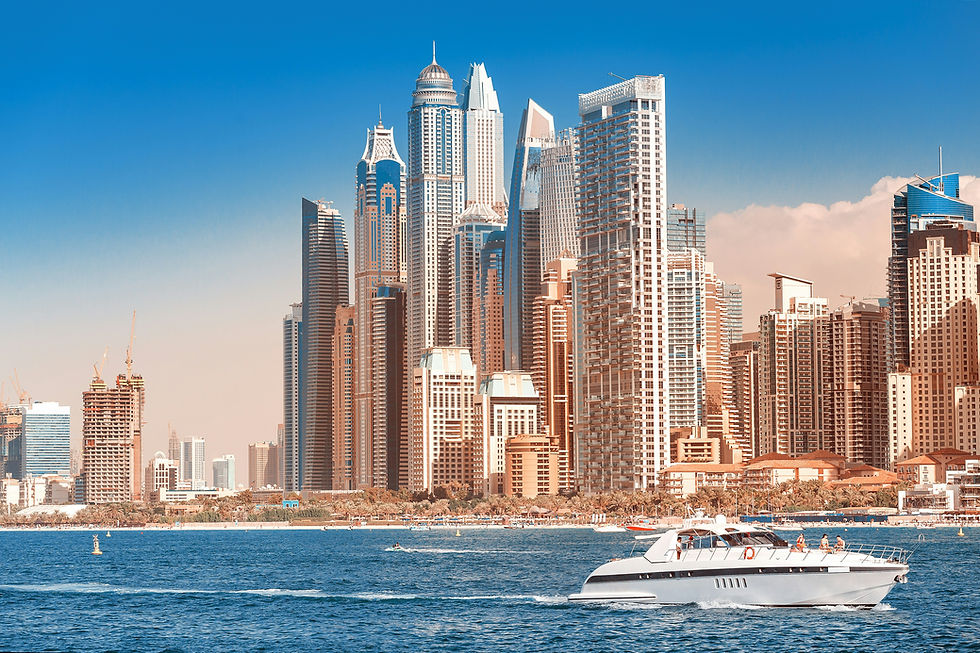Mexico’s ESG Vision: The Environmental Economic National Valuation Framework. Eureka - National Senate
- Peakline Mastery

- May 8, 2025
- 4 min read
Updated: Jun 6, 2025

In an era where global markets, funders, and civil society demand more than economic growth—they demand sustainability, equity, and measurable impact—nations must rethink how they design, evaluate, and justify development. In Mexico, that shift began with one bold question:
How can we measure the true socioeconomic value of sustainability in a way that resonates with policy-makers, communities, and investors alike?
This was the challenge that gave birth to the Eureka ESG Framework—a groundbreaking national tool to quantify the economic and social value of development initiatives through an environmental full inclusion. At Peakline Mastery, we are proud that our consultants lead the technical design, stakeholder engagement, and strategic roll-out of this ambitious effort. Working on advising the national Mexican Senate team, through the president of the Senate in 2024.
The Problem: We can’t value what we don’t measure, and we can’t measure what we don’t quantify. Thus, how to count… No Standard, No Strategy.
Prior to Eureka, Mexico lacked a unified, interdisciplinary framework to assess the economic implications of ESG (Environmental, Social, Governance) across public projects. Decisions were often made based on cost—not value—and opportunities for sustainable funding were missed due to poor alignment with international expectations.
While examples existed globally (such as a 2011 Caribbean study that proved coral reefs in Saint Maarten added $58 million annually to the economy), Mexico had no structured national system to apply similar logic nationally. Policymakers and agencies knew the value was there—but they couldn’t prove it. And what can’t be proven, can’t be financed or protected.
Our Mission: Design a National Tool for ESG-Informed Decision-Making
Peakline stepped in with a multi-pronged mandate:
Develop a national ESG valuation framework that could be adapted across regions and policy areas.
Equip policymakers and technical staff with tools to understand the economic consequences of ESG choices.
Create an evidence-based system to unlock international funding and de-risk investment in sustainability.
The result was Eureka—a name chosen to reflect the moment of realization that ESG is not just a moral imperative, but an economic one.
The Eureka Framework: A Strategic, Scientific Approach
The core of the Eureka model lies in its ability to translate environmental and social impact into economic language that institutions and investors can understand. Through a mix of AI tools, satellite mapping, and econometric modeling, the framework helps identify:
The economic contribution of natural assets (e.g., forests, rivers, biodiversity corridors)
The social return on investment in education, health, or inclusion programs
The long-term fiscal risks of neglecting ESG factors in infrastructure, energy, and agriculture
Crucially, Eureka isn’t just a calculator. It’s a decision-making ecosystem. The tool integrates seamlessly with Mexico’s planning and policy evaluation cycles, enabling both national and regional institutions to shift from cost-based to value-based project selection.
Building Trust through Inclusion
What made Eureka especially powerful was the way it was built. Rather than relying solely on economists or technocrats, the process included private sector interests, and native local communities, from Indigenous representatives, environmental activists, legal scholars, and municipal planners.
This resulted in a framework that not only reflects macroeconomic trends, but also respects local context and community voice—making it credible both at the UN table and the town hall. We also conducted hands-on training for key government agencies and legislative teams, ensuring the model wasn’t just admired—but used. Working on advising the national Mexican Senate team, through the president of the Senate in 2024.

Real Results, Real Momentum
Since implementation, Eureka has already begun to shift the way Mexico plans and funds projects:
Over a dozen proposals to international climate funds have combined for Eureka-based metrics.
Public-private partnerships now include ESG impact valuation in their planning stages.
The model is being revised by neighboring countries in Latin America - Africa interested in replicating the National Senate Mexican initiative.
Private companies have also expressed interest in adapting Eureka for internal ESG assessments and CSR strategy.
Perhaps most significantly, Eureka has given Mexico a new diplomatic voice. By presenting a homegrown, data-backed framework, the country now enters climate negotiations and funding conversations not as a passive recipient—but as a strategic innovator. As a key leader in global events, such as the UN COPs, Climate Summits, World Bank Initiatives, among others.
Peakline’s Role: From Concept to Execution
Our team at Peakline leading these projects from ideation through rollout.
This included:
Facilitating stakeholder dialogues and design sprints
Creating the digital toolkit and AI integration dashboard
Training government and civil society on ESG impact assessment
Advising High ranking government officers on how to position national projects in international cooperation.
For us, Eureka was not just a project—it was a proof of concept for how a developing country can lead in the global ESG conversation through innovation, inclusion, and interdisciplinary design.
Looking Ahead
The Eureka Framework has laid a new foundation for how Mexico—and potentially the wider region—thinks about growth, equity, and resilience. It demonstrates that value is not just financial, and that when measured correctly, sustainability can become a competitive advantage.
At Peakline, we remain committed to helping governments, companies, and coalitions make that shift—from assumptions to evidence, and from ambition to impact.




Comments